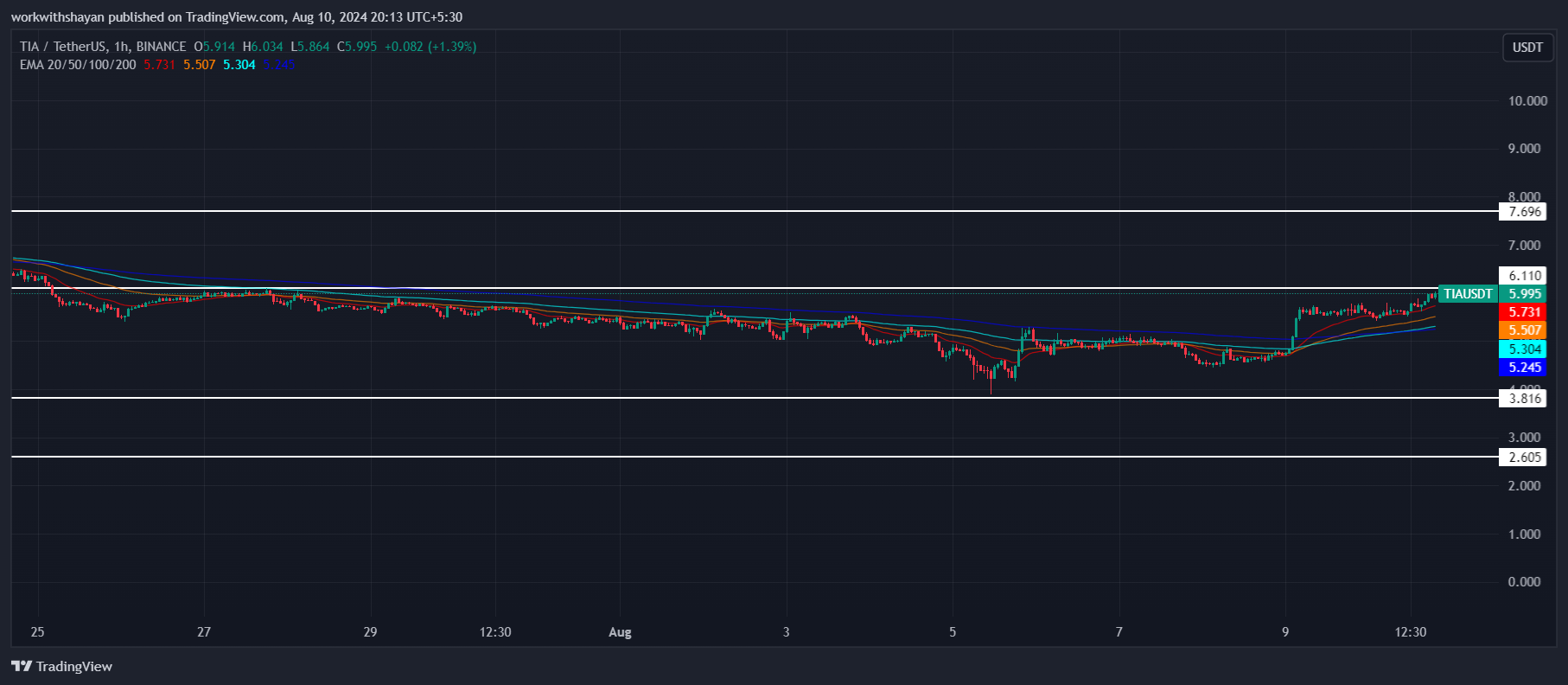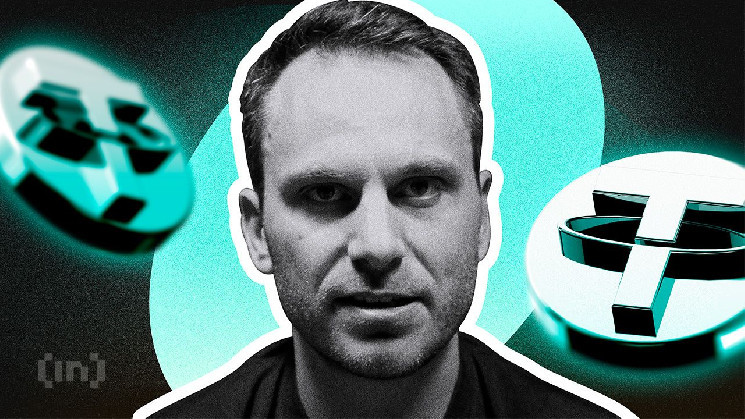Tether Holdings, the issuer of the world’s largest stablecoin USDT, has decided not to launch its own blockchain. Paolo Ardoino, the CEO of Tether, spoke about this decision, citing an overly saturated market.
Meanwhile, a flood of new blockchains are being introduced into the crypto ecosystem, often without clear use cases.
CEO of Tether believes blockchains are just transport layers
Paolo Ardoino, Tether’s CEO, expressed his views in an interview with Bloomberg.
“We are very good at technology, but I think blockchains will almost become a commodity in the future. Launching a blockchain yourself may not be the right move. There are already very good blockchains,” Ardoino said.
That’s why the company has chosen to focus on leveraging existing technology rather than adding to the plethora of platforms available. According to Tether, the benefits of launching a blockchain do not outweigh the redundancies it would introduce into the ecosystem.
Consequently, DefiLlama data supports this cautious approach: of the 307 chains, the top five account for approximately 86% of the total value (TVL). Notably, Ethereum (ETH) is in the lead with a TVL of approximately $50 billion and dominates the market with a 57% share.
Read more: 9 Best Blockchain Protocols to Know in 2024

Total value locks all chains. Source: DefiLlama
Tether’s existing integration into major blockchains such as TRON, which handles 49% of USDT’s supply and owns $8.1 billion in TVL, demonstrates the viability and power of existing infrastructures. Founded by crypto magnate Justin Sun in 2017, TRON highlights the competitive environment in which new blockchains must operate.
Ardoino’s strategy for Tether is to remain blockchain ‘agnostic’, focusing on the highest level of security and sustainability for USDT regardless of the platform it uses.
“For us, blockchains are just transport layers,” Ardoino noted.
However, Tether has not slowed its pace of innovation within the stablecoin sector. Earlier this week, it announced the upcoming launch of a stablecoin pegged to the United Arab Emirates Dirham (AED).
The new token will be fully backed by liquid reserves in the UAE. It aims to provide stable and cost-effective digital assets for international trade and remittances, while reducing transaction costs and providing a hedge against currency volatility.
Read more: A guide to the best stablecoins in 2024
Moreover, the company wants to expand into various sectors, including artificial intelligence (AI), biotechnology and telecommunications. Not to mention that Tether reported net income of $5.2 billion for the first half of 2024, providing significant funding for its expansion initiatives.

